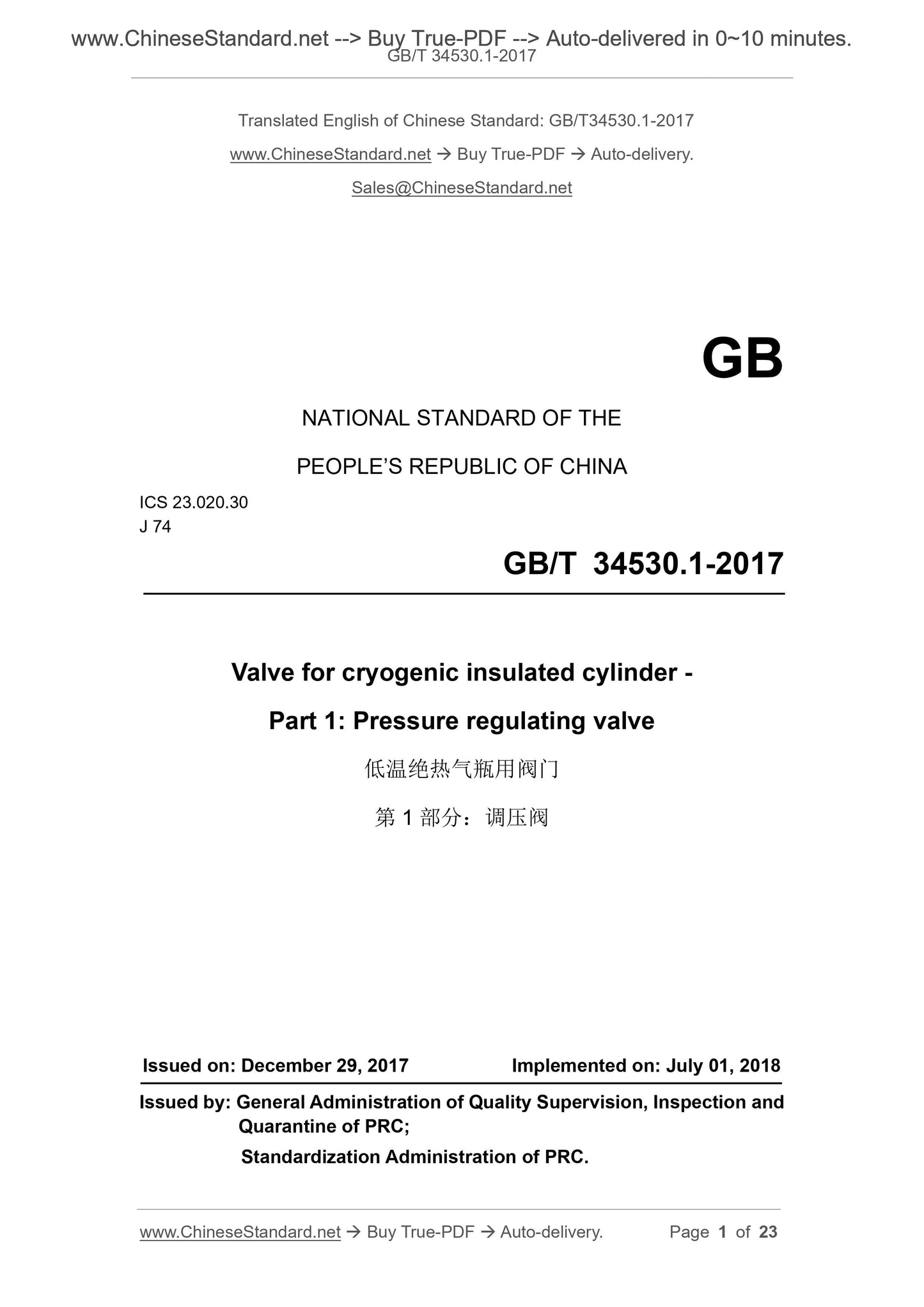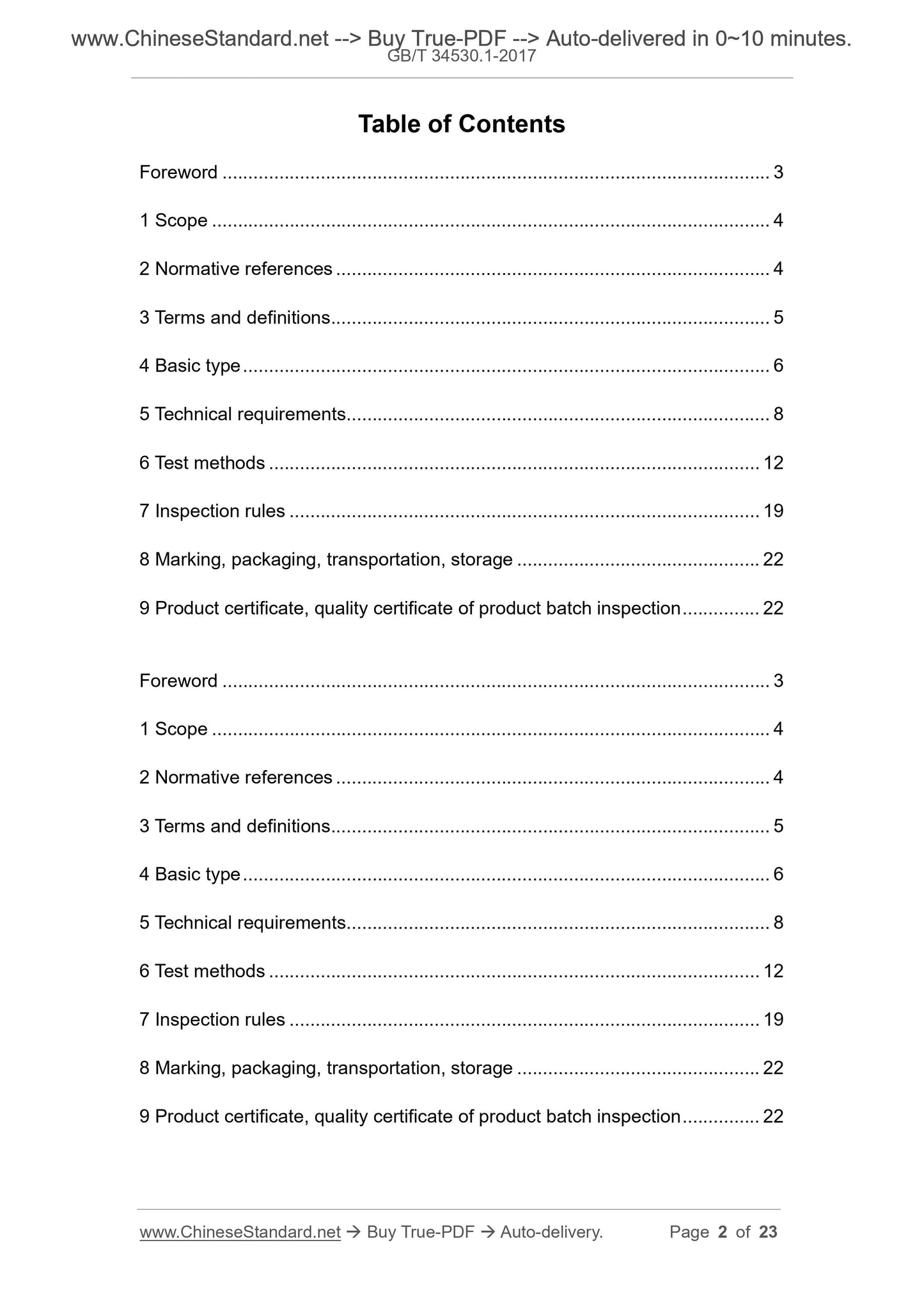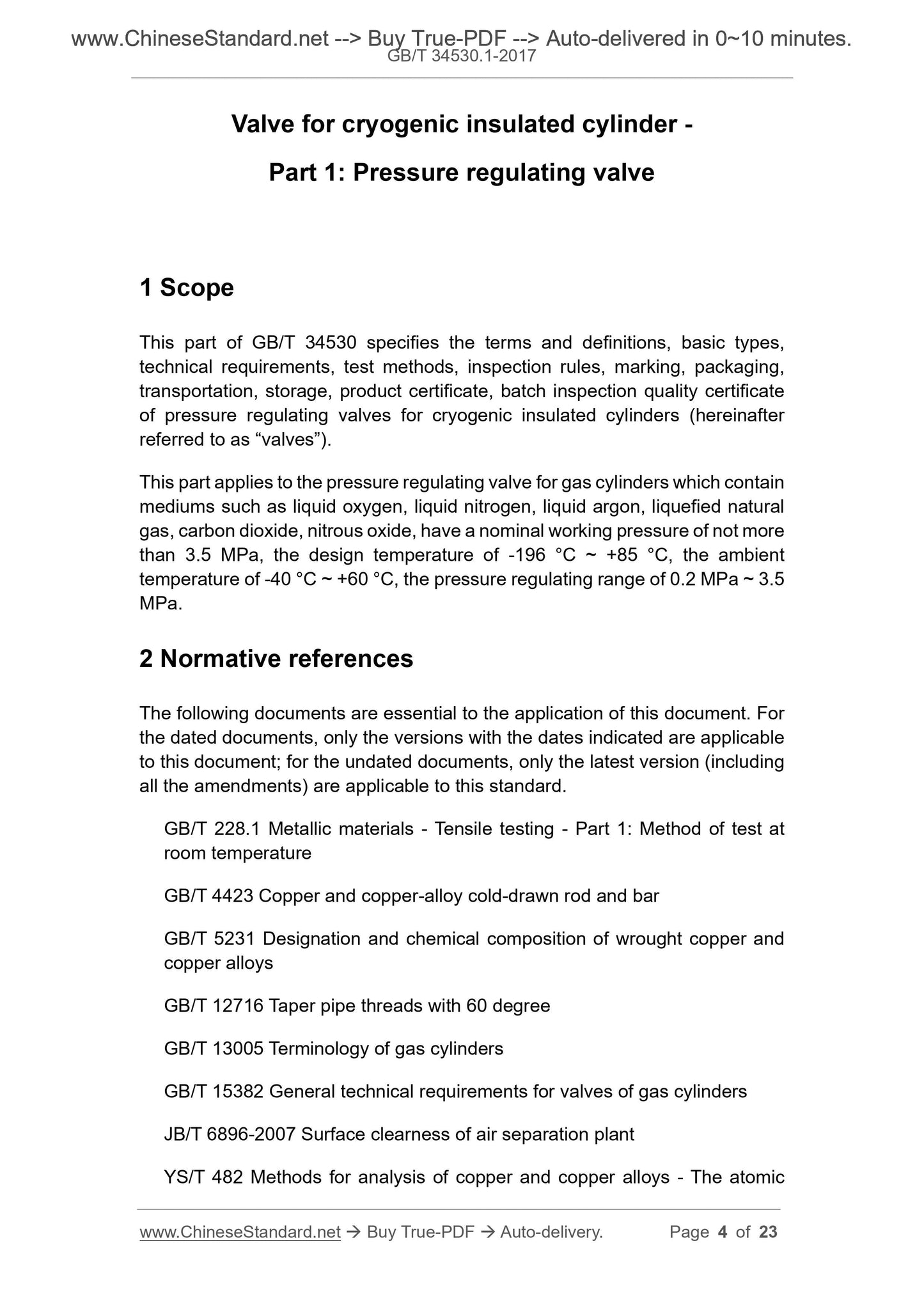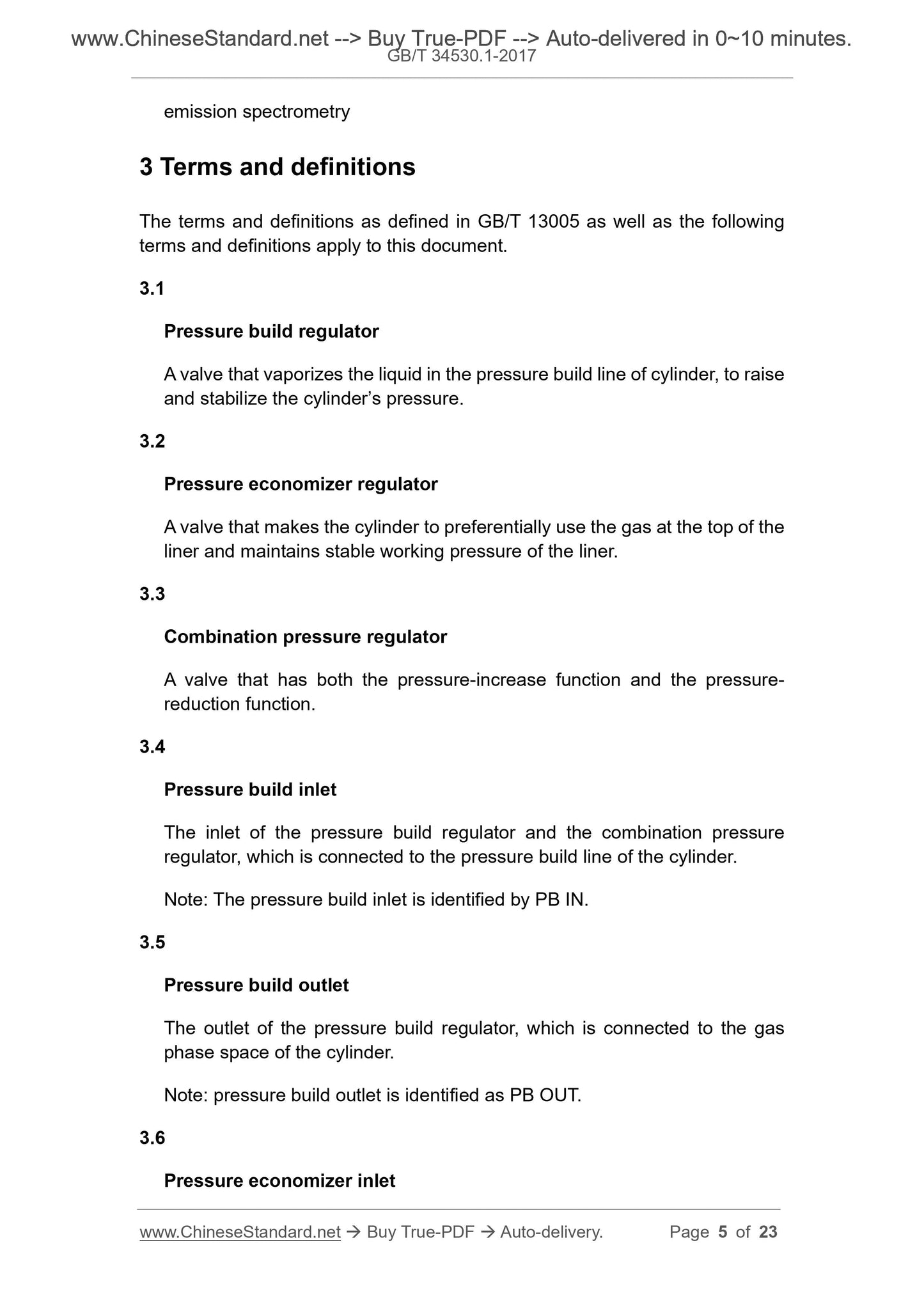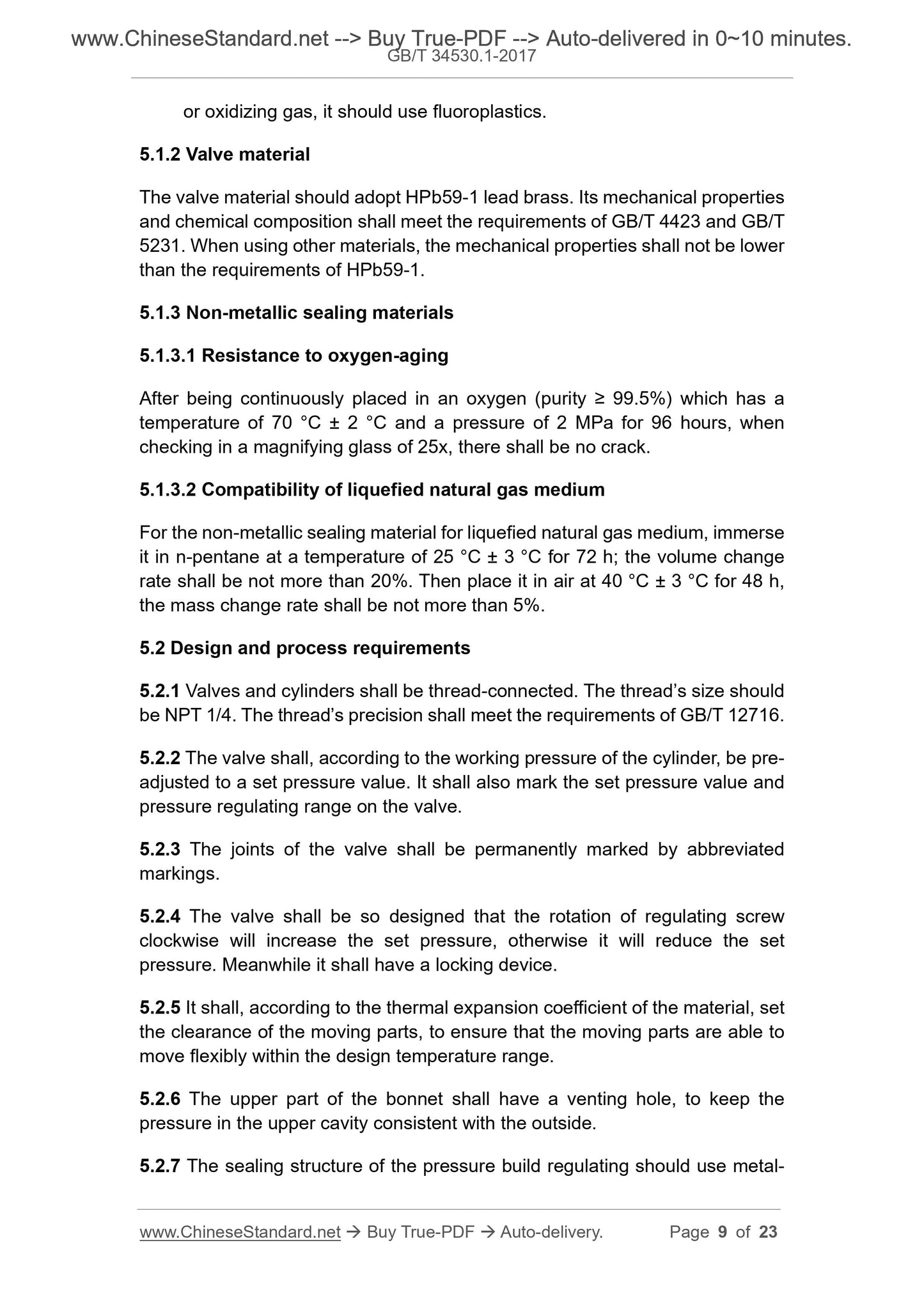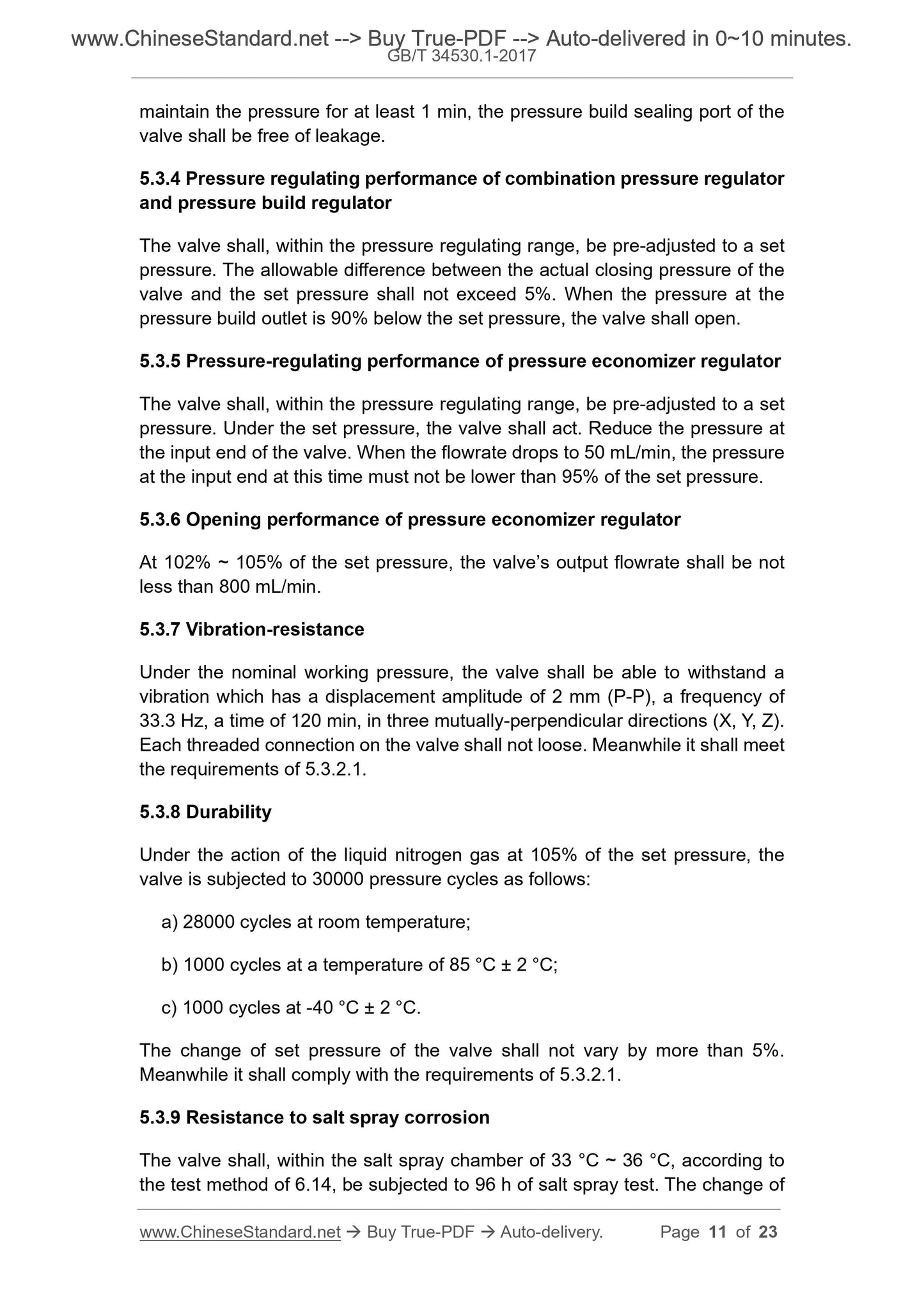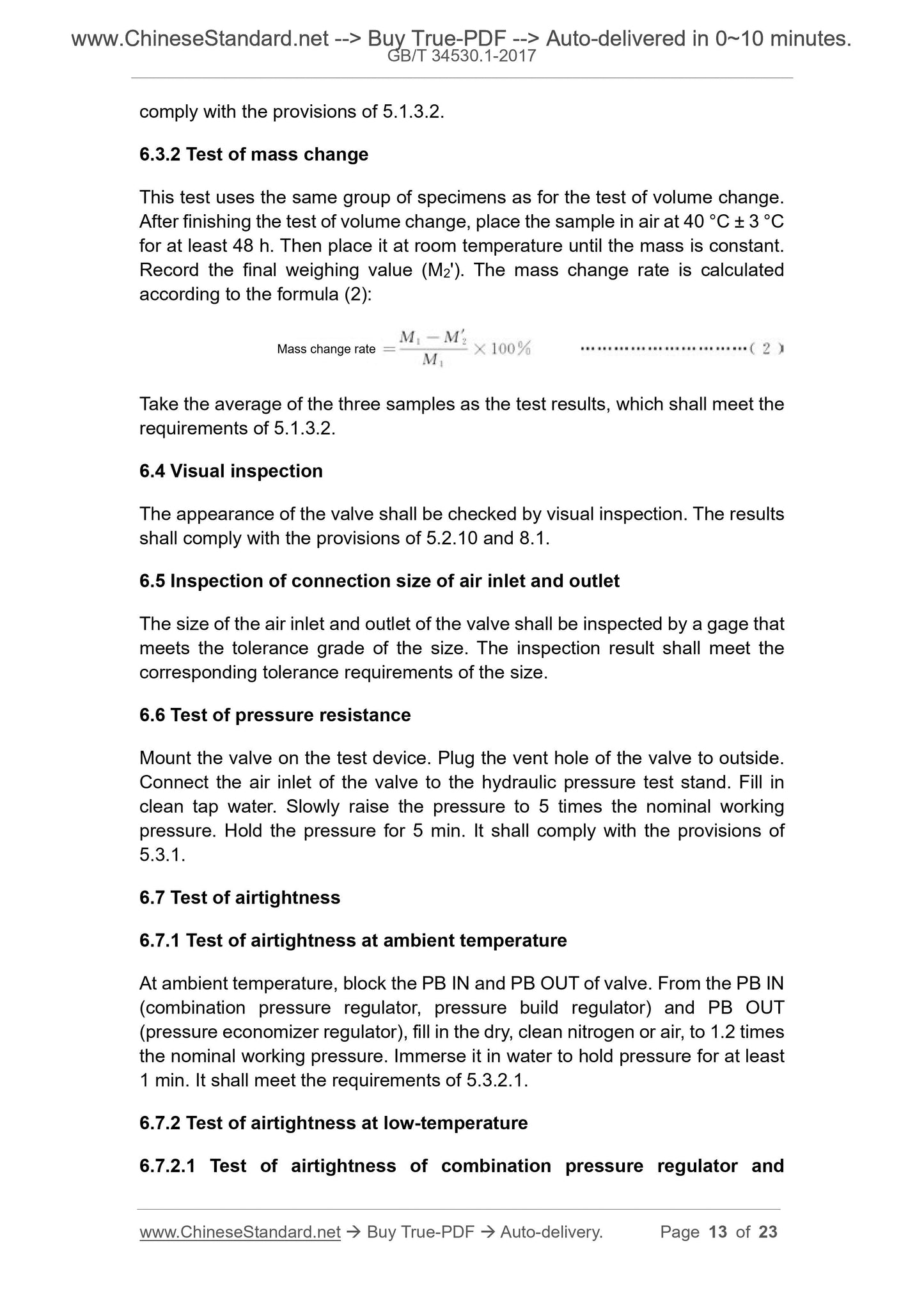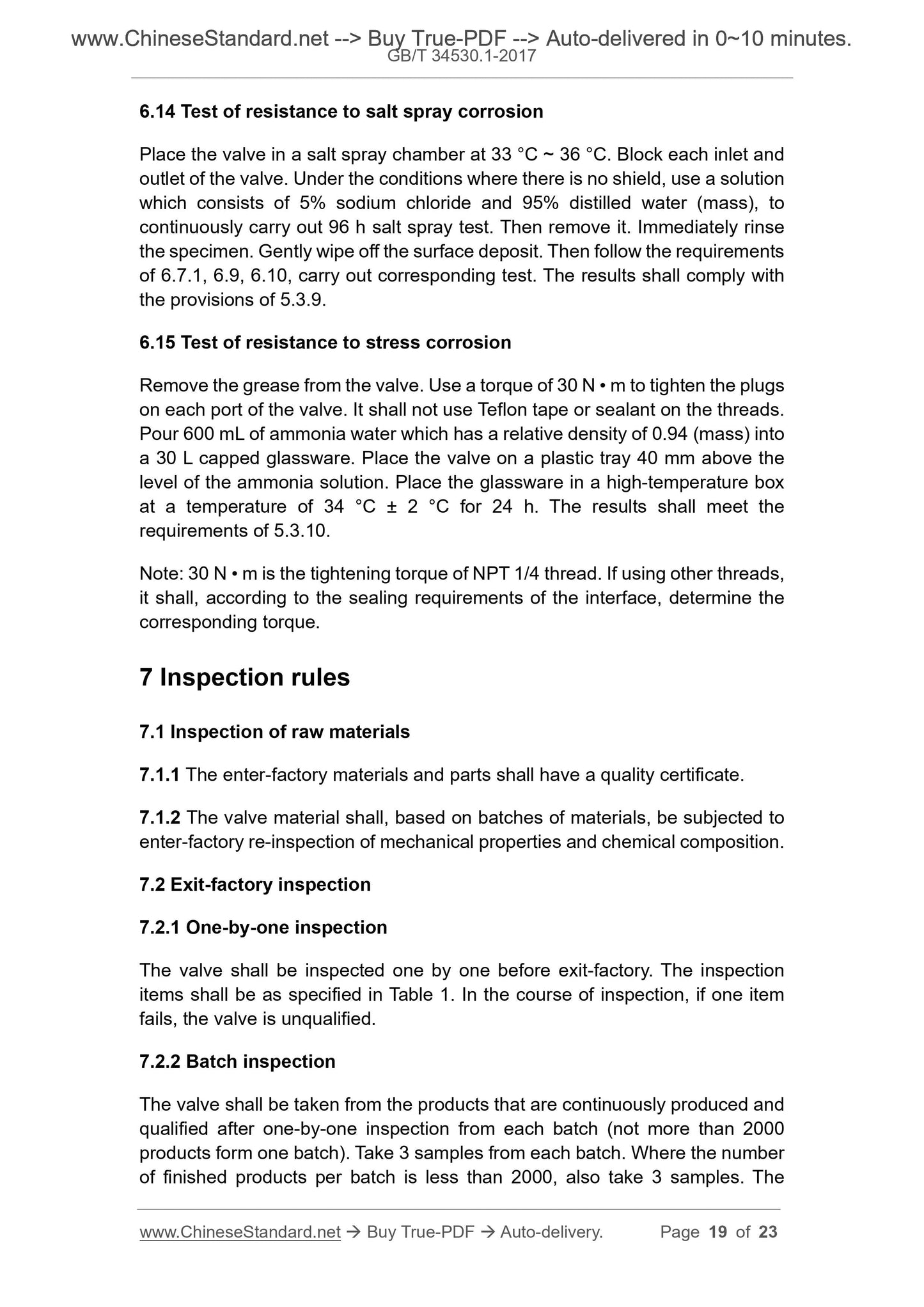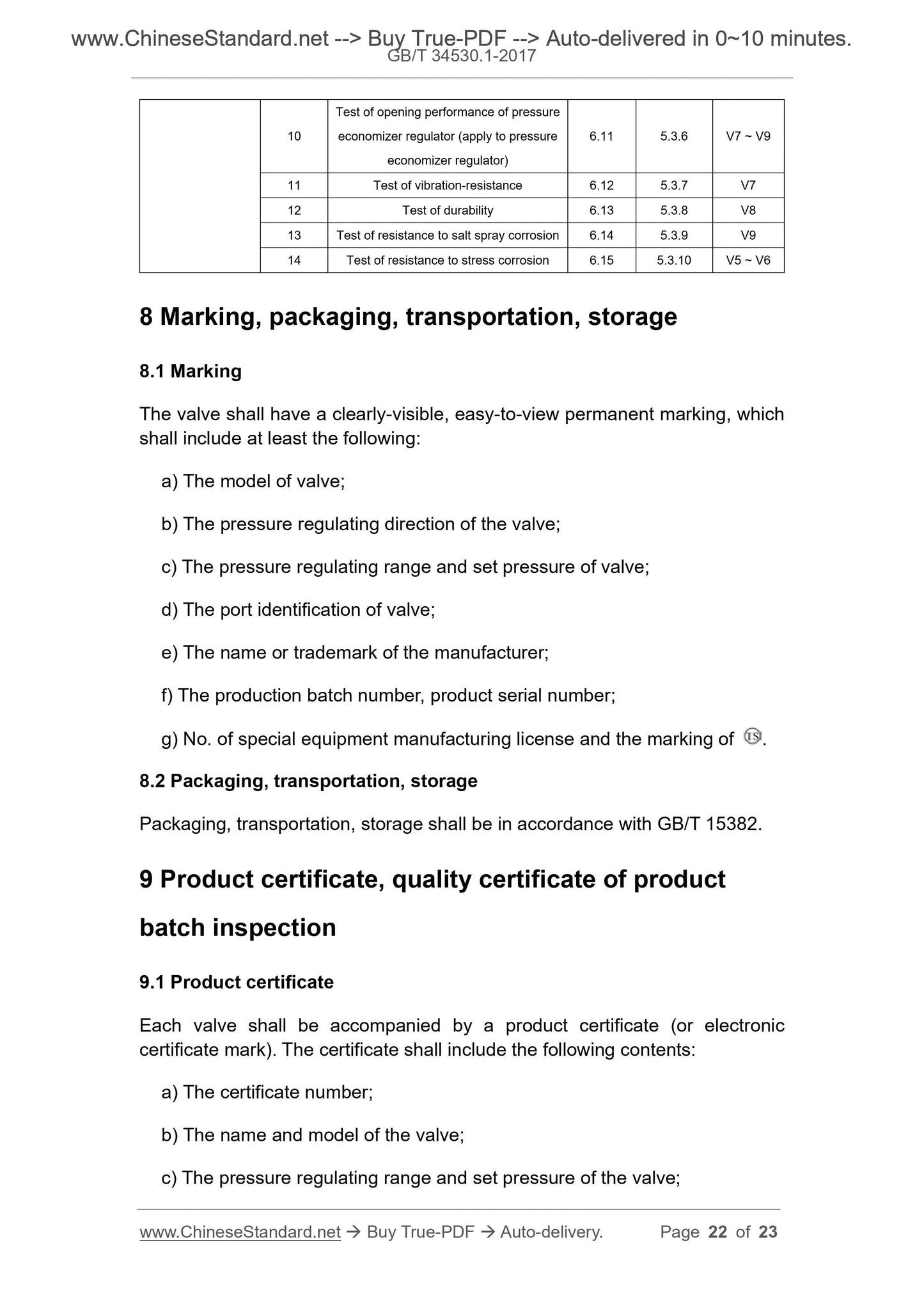1
/
of
9
www.ChineseStandard.us -- Field Test Asia Pte. Ltd.
GB/T 34530.1-2017 English PDF (GB/T34530.1-2017)
GB/T 34530.1-2017 English PDF (GB/T34530.1-2017)
Regular price
$150.00
Regular price
Sale price
$150.00
Unit price
/
per
Shipping calculated at checkout.
Couldn't load pickup availability
GB/T 34530.1-2017: Valve for cryogenic insulated cylinder - Part 1: Pressure regulating valve
Delivery: 9 seconds. Download (and Email) true-PDF + Invoice.Get Quotation: Click GB/T 34530.1-2017 (Self-service in 1-minute)
Newer / historical versions: GB/T 34530.1-2017
Preview True-PDF
Scope
This part of GB/T 34530 specifies the terms and definitions, basic types,technical requirements, test methods, inspection rules, marking, packaging,
transportation, storage, product certificate, batch inspection quality certificate
of pressure regulating valves for cryogenic insulated cylinders (hereinafter
referred to as “valves”).
This part applies to the pressure regulating valve for gas cylinders which contain
mediums such as liquid oxygen, liquid nitrogen, liquid argon, liquefied natural
gas, carbon dioxide, nitrous oxide, have a nominal working pressure of not more
than 3.5 MPa, the design temperature of -196 °C ~ +85 °C, the ambient
temperature of -40 °C ~ +60 °C, the pressure regulating range of 0.2 MPa ~ 3.5
MPa.
Basic Data
| Standard ID | GB/T 34530.1-2017 (GB/T34530.1-2017) |
| Description (Translated English) | Valve for cryogenic insulated cylinder - Part 1: Pressure regulating valve |
| Sector / Industry | National Standard (Recommended) |
| Classification of Chinese Standard | J74 |
| Classification of International Standard | 23.020.30 |
| Word Count Estimation | 17,125 |
| Date of Issue | 2017-12-29 |
| Date of Implementation | 2018-07-01 |
| Quoted Standard | GB/T 228.1; GB/T 4423; GB/T 5231; GB/T 12716; GB/T 13005; JB/T 6896-2007; YS/T 482; GB/T 15382 |
| Regulation (derived from) | National Standards Announcement No. 32 of 2017 |
| Issuing agency(ies) | General Administration of Quality Supervision, Inspection and Quarantine of the People's Republic of China, Standardization Administration of the People's Republic of China |
| Summary | This standard specifies the terms and definitions, basic types, technical requirements, test methods, inspection rules, markings, packaging, transportation, storage, and product certification for the cryogenic insulated cylinder pressure regulator (hereinafter referred to as "valve"). Product batch inspection quality certificate. This standard applies to nominal working pressure is not more than 3.5 MPa, design temperature is -196 ��C ~ +85 ��C, ambient temperature is -40 ��C ~ +60 ��C, pressure regulation range is 0.2 MPa ~ 3.5 MPa, medium is liquid oxygen, liquid Nitrogen, liquid argon, liquefied natural gas, carbon dioxide, nitrous oxide and other cylinders use pressure regulators. |
Share
